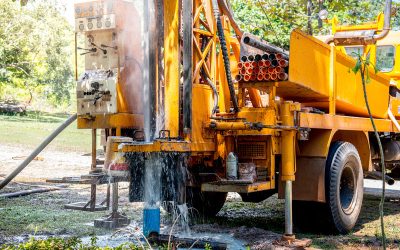Plate lifting plans are highly useful for a variety of applications, both indoor and outdoor. They’re constructed of steel and covered with corrosion resistant material in order to prevent and minimize corrosion. Some of the industries and settings in which these clamps are utilized include fabrication facilities, construction sites and industrial factories. In addition, repair shops and service center facilities also make use of plate lifting clamps.
Materials They Lift
Structural steel plate, aluminum, iron, stainless steel, and she plate are some of the types of materials that can be lifted with plate lifting clamps. Slings, hoists and cranes are often used in conjunction with these clamps in order to carry out safe and successful reading operations.
Versatile
These steel clamps offer high degree of versatility for the completion of various types of rigging operations. Some of the types of lifts that can be handled with plate lifting clamps include vertical, horizontal, universal and multidirectional.
Using Steel Plate Lifting Clamps
The main reason to use these clamps is to efficiently lift plates in order to position, transfer and stack them at a particular location such as at a construction site or in or around an industrial facility.
These highly durable clamps are used to lift very heavy plate and are visually inspected before being positioned over the center of gravity of the plate being lifted. At times lifts may require two clamps to be utilized in order to provide proper stability for a flexible or long load. In addition, a sling may be implemented in the process and positioned between the crane (or hoist) and the clamp to provide additional stability to the setup. Locking devices are often used in conjunction with the vertical clamps in order to prevent loosening of the plate.
Features
Many times the plates being lifted have polished surfaces. Due to this and the need to protect these surfaces, steel plate lifting plates are provided with rubber clamps prevent marring of the surface.
Sizes of plate lifting clamps are selected based on the required lifting load and the thickness of the plate involved. The jaw opening of the plate should be sized smaller than the material thickness of the load.
Precaution
It is very important that the lifting clamp not be grinding or welded in order to fit a plate. This can produce a very unsafe and precarious lifting situation. Rather, clamp should be selected the proper size to fit the load correctly without any need to make changes, alterations or adjustments.



